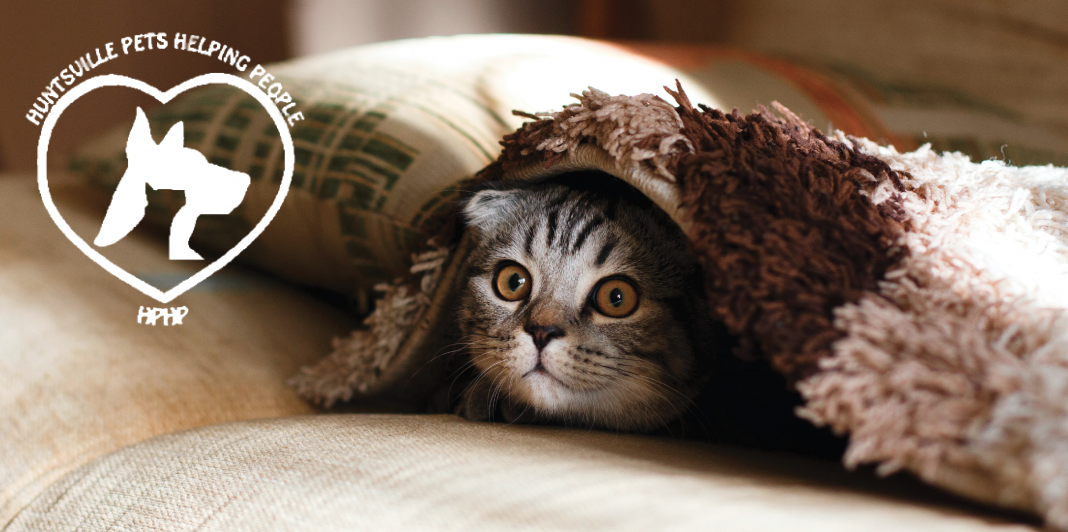Cancer and Pets
The existence of cancer has been known for 2,000 years and there are over 100 different types of cancer. It is believed that dogs and cats have cancer rates that are similar to those of humans. Some types of cancers have a genetic factor. For example Boxers and Bernese Mountain Dogs are two breeds who are prone to developing genetic cancers. Other cancers have environmental risk factors such as prolonged exposure to the sun, second hand smoke, or certain chemicals. Then, there are cancers that animals develop later in life which may be age related and possibly the result of a weakened immune system.
In the 1950s and earlier, things were very different for the lives of animals. Family pets were not as prevalent as they are today. The vast majority of pets were outside-only animals who never saw the inside of the house. People took their dogs and cats to a veterinarian once a year for a legally required rabies vaccination. Moderate illnesses or injuries might warrant another trip to the veterinarian but serious conditions were usually not treated. Sometimes there were no treatments available or, if available, treatment was prohibitively expensive. So other than pain management, people let nature take its course. It is almost certain that many pets died of cancer over the years, but generally, that diagnosis was not mentioned. Back then, cancer was barely mentioned in hushed tones if a person had cancer and discussed even less if it involved a pet.
A great deal of research has been done related to cancer in people but not nearly as much has been devoted to cancer in animals. Maybe that is why several myths exist about cancer in pets.
(1) Microchipping does not cause cancer but a microchip does make it more likely that a missing pet will get returned to their home.
(2) There is no such thing as a pet diet that will prevent cancer but good nutrition is important to all pets and especially those who have cancer.
(3) A pet’s fur does not prevent them from getting skin cancer as a result of prolonged exposure to the sun. Pets with white fur, or very little fur, are more susceptible to skin cancer.
(4) Pet cancer is not an automatic death sentence. Treatments are available.
As with human cancers, the earlier cancer is diagnosed, the better the opportunity for a successful outcome. Therefore, pet parents should be on the lookout for changes in a pet’s health. The changes may come on quickly or very slowly. If the pet has shortness of breath or other breathing difficulties, they always need to be evaluated. If the pet has grown bumps or lumps, those need to be checked to determine if they are benign or cancerous. Changes in urinary or bowl movements could signal an infection or something more serious. If a good eater begins to refuse food, the reason needs to be determined. Other concerns are unexplained weight loss, vomiting, diarrhea, mobility issues, and the loss of interest in toys or people that the pet previously enjoyed. Any of the above are reasons for concern and a trip to a veterinarian is warranted.
Once cancer is diagnosed, the veterinarian will discuss treatment options and may refer your pet to a veterinary oncologist. It is important to know that there is no one best treatment for cancer. Surgery is frequently recommended for the removal of or to reduce the size of tumors. Chemotherapy, radiation or a combination of treatments may be possibilities depending on the type of cancer and its location in the body. Generally, pets tolerate the side effects of cancer treatment such as hair loss, vomiting, and fatigue much better than people do. Sometimes no treatment will be suggested if the animal is elderly or in poor body condition, if the cancer is very advanced so that treatment is unlikely to be beneficial, or that treatment is beyond the financial ability of the pet parent. If the pet’s quality of life has significantly declined, euthanasia should be considered.
The veterinarian will discuss supportive care for your pet. Supportive care covers a variety of things. The first type of supportive care that most people think about is pain management which will be prescribed by a veterinarian. But there are other kinds of supportive care that can be undertaken by the pet parent. A high quality nutritional diet may help a pet maintain their strength. Pets may benefit by having an orthopedic bed. If they are shaky on their feet, rugs or booties may offer improved traction. If the pet has difficulty getting up on their feet from a lying position, a person using a lifting strap may provide needed assistance. Mobility issues may be addressed by using a ramp or a pet wheelchair. Pet diapers are an option if the animal develops incontinence. But the best supportive care is to spend more time with the pet and offer lots of love and attention.
There are several other thing that an owner can do. Take time to learn about the terminology and characteristics associated with the pet’s type of cancer. It will help when having discussions with veterinary personnel. Ask questions to ensure that treatment options are understood and when medications and medical procedures are needed or scheduled. Keep the family’s budget in mind when selecting treatment options. Try to remain hopeful yet realistic about the pet’s outlook.
A cancer diagnosis is a challenge for people and pets. Many pets will benefit from current treatment options, but more research is need to find more and better treatments.















